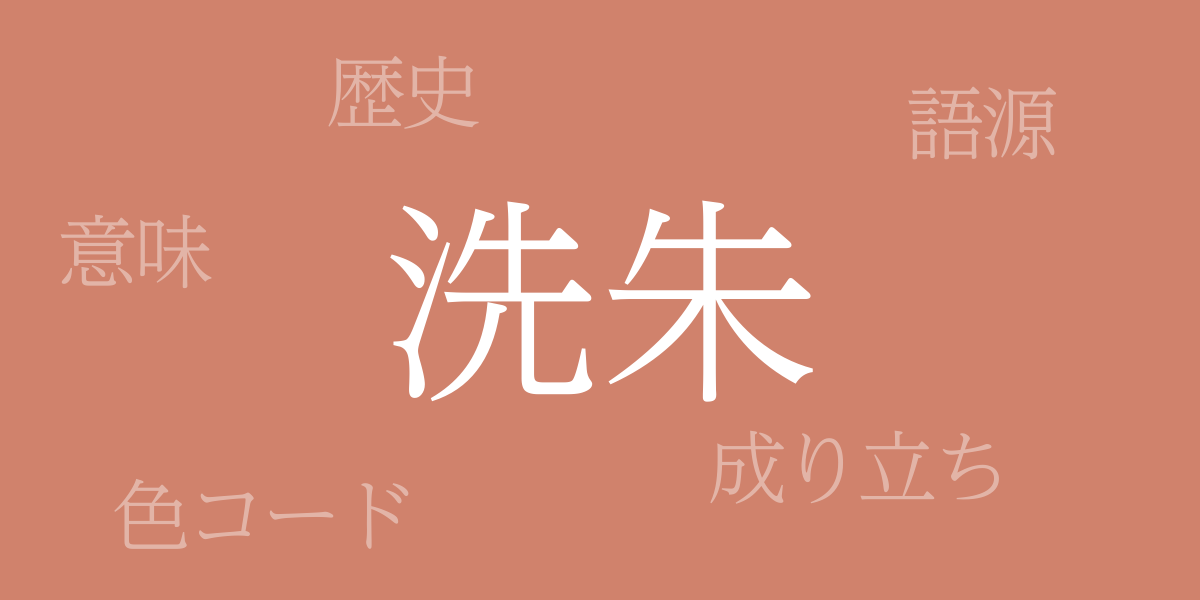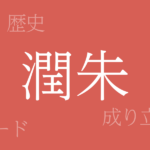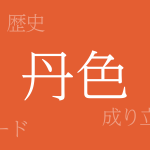Japan’s ever-changing seasonal landscapes are renowned worldwide for their rich colors. Among these, traditional Japanese colors have unique beauty and meaning, deeply rooted in culture and art. This article focuses on one such traditional color, “洗朱 (あらいしゅ),” exploring its allure in depth.
About 洗朱 (あらいしゅ)
洗朱 (あらいしゅ) is a traditional Japanese color used for centuries. As its name suggests, it is a reddish-orange hue known for its warm tones. The color derives its name from the process of washing over painted wood, which reveals a natural texture that characterizes this hue.
History of 洗朱
洗朱 has been in use since the Heian period, utilized in noble attire and architecture. It is particularly prevalent in Buddhist art, where it decorates statues and temples, symbolizing sanctity. Its enduring appeal continues to captivate the hearts of the Japanese people.
Color Codes for 洗朱
In the modern era, color codes are essential for digitally replicating 洗朱. Below are examples of 洗朱 color codes:
- HEX: #D0826C
- RGB: R:208 G:130 B:108
- CMYK: C:22 M:59 Y:54 K:0
Western Name for 洗朱
The Western name for 洗朱 is sometimes referred to as “Madder Orange.” This name comes from the dye derived from the madder plant, commonly associated with a similar reddish-orange hue.
Summary of 洗朱
洗朱 is a Japanese traditional color that conveys historical beauty. Loved since the Heian period, this color remains valuable in contemporary design and art. Using its color codes, we can faithfully reproduce its hue digitally, deepening our understanding of Japanese culture through its traditional colors.

























